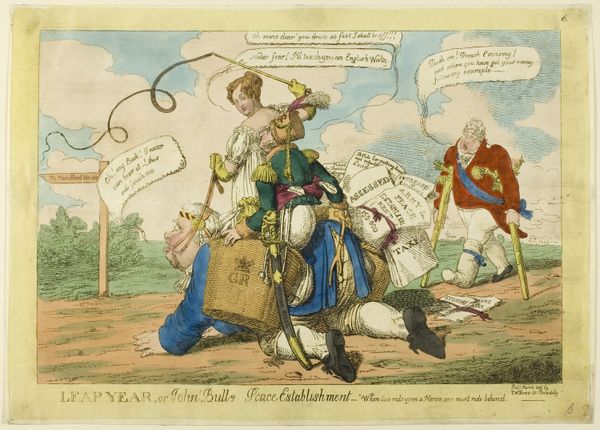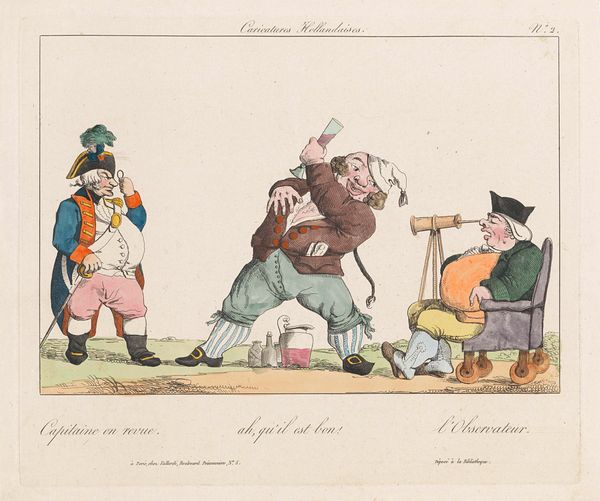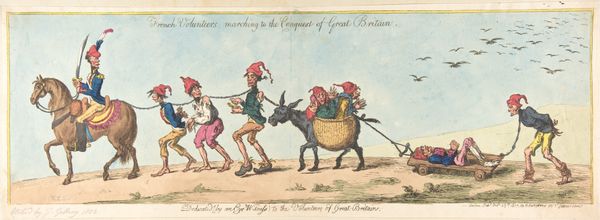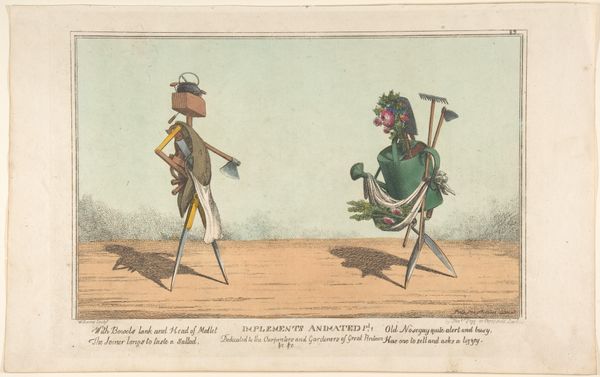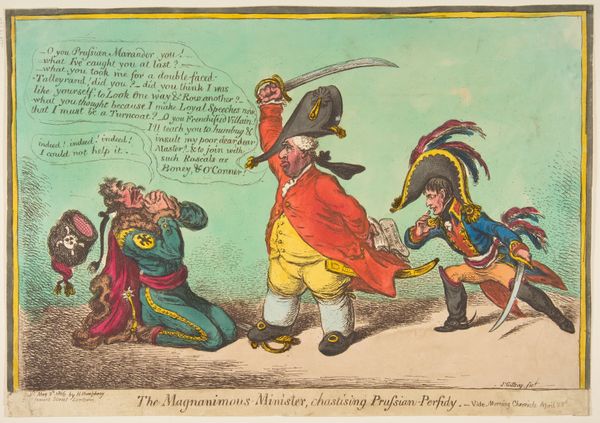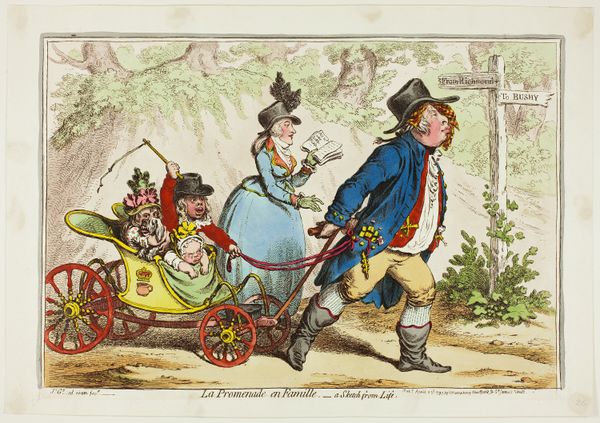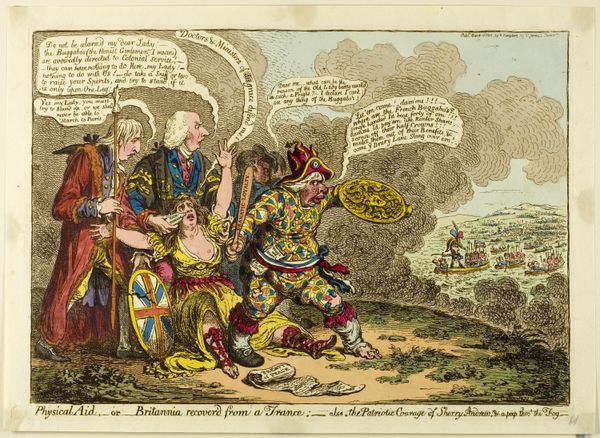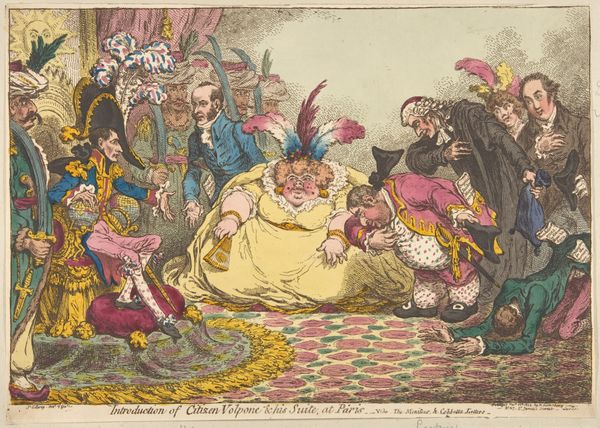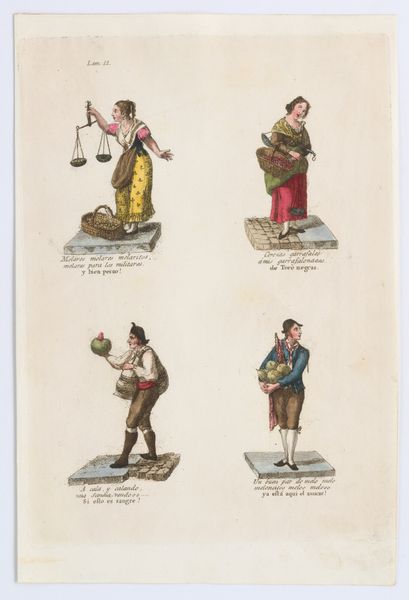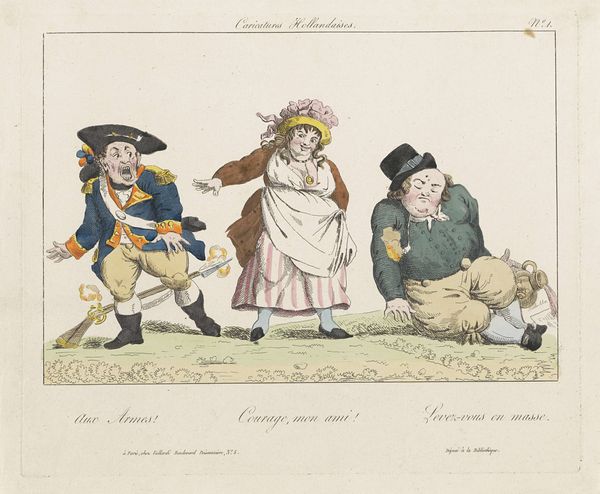![The Ballance [sic] of Power by R. S.](/_next/image?url=https%3A%2F%2Fd2w8kbdekdi1gv.cloudfront.net%2FeyJidWNrZXQiOiAiYXJ0ZXJhLWltYWdlcy1idWNrZXQiLCAia2V5IjogImFydHdvcmtzLzM1MGU4NTY5LTA1MzYtNDVmNi04MjdhLWJiOTE0NTk3ZWQxNy8zNTBlODU2OS0wNTM2LTQ1ZjYtODI3YS1iYjkxNDU5N2VkMTdfZnVsbC5qcGciLCAiZWRpdHMiOiB7InJlc2l6ZSI6IHsid2lkdGgiOiAxOTIwLCAiaGVpZ2h0IjogMTkyMCwgImZpdCI6ICJpbnNpZGUifX19&w=3840&q=75)
drawing, print, etching, watercolor, ink, engraving
#
drawing
#
neoclacissism
#
water colours
#
allegory
# print
#
etching
#
caricature
#
watercolor
#
ink
#
coloured pencil
#
watercolour illustration
#
history-painting
#
engraving
Dimensions: plate: 9 13/16 x 13 3/4 in. (24.9 x 35 cm) sheet: 10 15/16 x 18 3/16 in. (27.8 x 46.2 cm)
Copyright: Public Domain
Editor: This is "The Ballance [sic] of Power," created in 1781. It appears to be a print, using etching, engraving, and watercolor, and it's currently held at the Met. It’s a rather chaotic composition. What strikes me is how much is conveyed about the politics of the time simply through the manipulation of these materials, the inks, the paper, and the engraving process. How do you interpret the way this piece functions as a political object through its materiality? Curator: Excellent observation. Notice how the artist, likely using readily available, relatively inexpensive materials like paper, ink, and watercolors, democratizes the commentary. The printmaking process, specifically etching and engraving, enables the widespread reproduction and distribution of this political message. Consider the labor involved. How does the accessibility of both the materials and the means of distribution reflect and shape public opinion about power itself? Editor: So, it's less about the individual artistic genius and more about the production process and its impact. The cheap production allowing greater accessibility is an important distinction! Does the use of watercolor, often seen as less 'serious' than oil paint, downplay or perhaps even satirize the political figures involved? Curator: Precisely! Watercolour, compared to oils, is faster, less demanding, and suited for immediate response. Could this choice indicate a certain urgency or even flippancy toward the gravity of the situation depicted? Think about who would have been consuming these images and how the material choices contributed to shaping their understanding. Is the goal instruction, humor, or propaganda? Editor: It’s a compelling argument that the medium is, in fact, part of the message itself. By focusing on how it was made and distributed, we see its broader cultural impact beyond its pure aesthetic value. I'd never considered the choice of materials in that light before. Curator: And that broadened material awareness illuminates a powerful, material reality—that artistic choices themselves become instruments of cultural exchange. The consumption and display of artworks can reveal so much about the intended audience and its surrounding society.
Comments
No comments
Be the first to comment and join the conversation on the ultimate creative platform.
